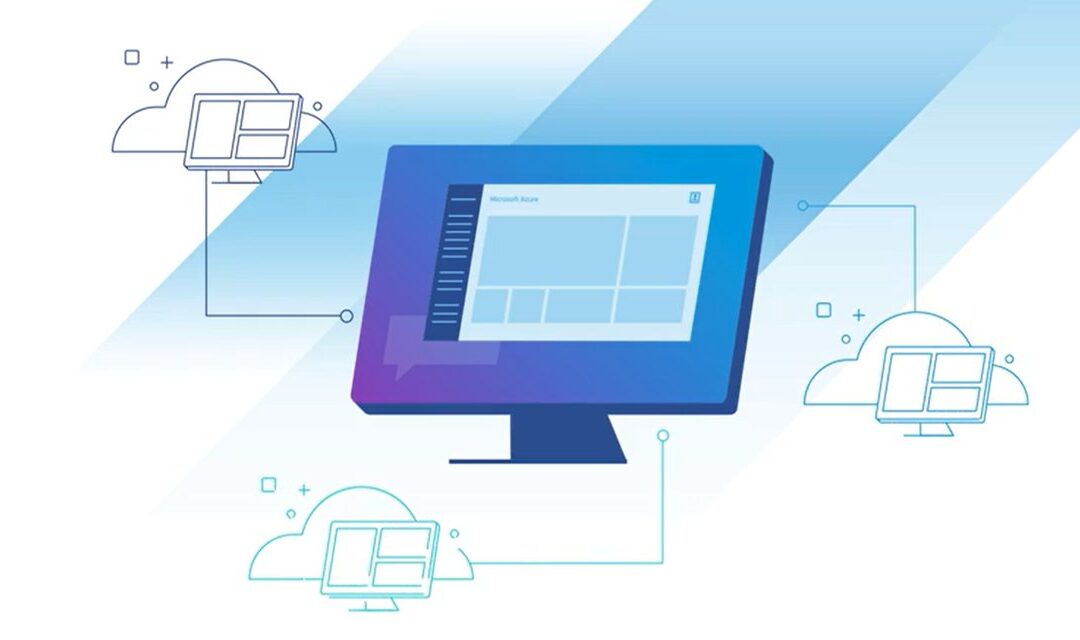Azure Virtual Desktop Migration (AVD)
Introduction
A growing construction business based in Brisbane was struggling with the limitation of only being able to access their primary software at the office. After speaking with their software vendor, the only option presented was an on-premises hosting solution to provide access for remote work. The business approached BITS to develop a project scope, however BITS also recommended exploring an Azure Virtual Desktop (AVD) solution to host the software securely in the cloud. The client was unaware a cloud option was still possible and was happy to explore this further. BITS provided a cost comparison between the on-premises and cloud options and built a proof of concept in the cloud to test the functionality. The client was happy to proceed with the AVD option, which was also significantly less expensive than the on-premises solution and didn’t require ongoing maintenance of physical hardware.
Stage 1: Setting Up and Testing
BITS configured an Azure virtual server to seamlessly integrate with the client’s existing systems. We installed the software, set up a test database, and fixed any issues encountered during testing. Once everything worked smoothly, BITS enabled remote access for the client to start testing. Secure login was enforced so the client can easily add new users and choose who has access to the resource. As the user count fluctuates, our proactive team monitors server resources to ensure they are scaled to meet requirements.
Stage 2: Going Live
After successful testing, BITS finalised the client’s cloud storage requirements and coordinated the migration of databases to the cloud. As resource usage is consumption-based, the client can control costs by toggling usage on and off as needed. Our solutions engineer also advised on further cost savings through reserved instances and implementing triggers for automated resource management.
Conclusion
By partnering with BITS, the client effectively transitioned a crucial operation to the cloud in a much more cost-effective way than initially thought. Our experience in working with cloud environments not only provided a smooth transition, but also resulted in additional cost-savings around ongoing cloud costs. They further capitalised on this move by seamlessly integrating with their current cloud solutions, such as Microsoft Entra Authentication, increasing security measures to safeguard critical data. Remote workers can log into the software from anywhere there is an internet connection and work seamlessly, enhancing productivity and enabling a hybrid work environment that is highly sought after.



